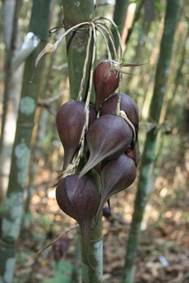Free Courses Sale ends Soon, Get It Now


Free Courses Sale ends Soon, Get It Now



Copyright infringement not intended
Context: A study conducted by Jawaharlal Nehru Tropical Botanic Garden and Research Institute (JNTBGRI), Thiruvananthapuram spanning 13 years has shed interesting light on flowering in Melocanna baccifera.
Details:
© 2024 iasgyan. All right reserved